Tech in healthcare has been lagging
It’s undeniable that technology is playing a huge role in how we get around, how we interact with each other, and how we do business. But what about how healthcare is delivered and managed?
For many patients, interactions with the healthcare world can feel jarringly slow and disconnected, especially when it comes to communication between doctors and patients or between different healthcare providers.
Doctors and tech entrepreneurs acknowledge that in many ways, technology in healthcare has been lagging – but that’s about to change, and quickly. From the way hospitals are built to the way we visit doctors, get ready for some huge technology disruptions in the world of healthcare.
How patient data is shared
It may not seem like the sexiest part of the healthcare world, but it’s a critical aspect of how care is delivered: patient data.
“If you’re a patient, it’s difficult to track down your medical records,” says Kevin Grassi, MD, Chief Medical Officer and Co-Founder of PatientBank. “95% of medical info is exchanged by fax or by hand. In 2016 it’s ridiculous for faxing to be the main communication method, but faxing is HIPAA compliant, and it’s been the backbone of medical information exchange.”
Today, online fax services are the only easy way for patients to receive digital copies of their medical records.
There are health information exchanges in certain geographic areas, but they are limited to information like immunizations and prescriptions, Grassi says, and systems in different parts of the country aren’t set up to communicate with each other.
So if you’re a resident of New York who is seeing an oncologist in Texas, you’re on your own finding and conveying all the pertinent medical details, and you will likely have to navigate through several isolated patient portals.
That’s where Grassi hopes PatientBank will change things. PatientBank is a HIPAA-compliant service that can request medical records for you from multiple providers, and combines the information you choose to store into a summary that can be shared with doctors and family members.
Grassi hopes the technology will not only make it easier to safely share information, it will also increase patient engagement. That’s a crucial issue for doctors as well, since reimbursement models for physicians will change in 2017, from a fee-for-care model to a value-based system.
In an effort to improve patient outcomes, doctors will be required to do much more follow up care than they currently do.
“If a patient can give medical record access to their doctor, they’re empowered to look at that information, maybe even see where it isn’t correct – which is a big issue particularly in medication records,” Grassi says. “Engaged patients are healthier patients.”
It’s not just transmitting patient data that is difficult – sometimes just getting it in the first place is nearly impossible. That’s something Fahad Aziz, Co-Founder and CTO of CareMerge, learned firsthand when he got into a bicycle accident. He was treated in Seattle, then went back to San Francisco, where his doctor wanted to learn what had happened and how he’d been treated in order to give Aziz follow up care.
“I couldn’t get my medical records from the operation in Seattle. They put me in an endless loop of trying to get my records, and after two weeks I just gave up,” Aziz says. “That started me thinking differently about my company, and what we are doing.”
CareMerge builds coordination and communications technology specific to geriatric care that lets doctors share information with nursing homes and assisted living facilities.
If a doctor sends a patient from a hospital to a nursing care facility, for instance, that physician can use CareMerge to keep tabs on the patient’s progress and get alerts if there’s a change so that a doctor can visit at the nursing home.
That cuts down on patients being readmitted to hospitals, and improves patient outcomes, Aziz says. That’s a direction he sees a lot of healthcare technology going.
“There are close to 100,000 apps that area healthcare-related, but they are all isolated, none of them talk to each other,” Aziz says. “There’s been a lot of talk around building care coordination systems that talk to each other, but there wasn’t a driver to really make that take off until the shift to value-based reimbursements was finalized. All the entities responsible for providing patient care will have to talk to each other, and for the first time these systems are starting to get traction.”
Make way for AI
Aziz predicts that artificial intelligence (AI) is also going to lead to major changes in the healthcare industry.
“A lot of startups are working on technology that will read notes from your doctors, and based on intelligence like your own labs, or viral incidents in the area, will give you recommendations,” Aziz says. “That’s where the future is going to be. Five years from now, there is no doubt you and I will have an app that will give information about an episode happening to me, and what it means not just for me but for my whole family.”
That kind of machine learning will eventually replace many routine doctor’s visits, Aziz predicts.
AI will be able to coordinate data in a way that is currently not possible, he says, which could mean better, more coordinated treatment plans for complex health problems.
Smarter hospitals
That same unified coordination will also become a factor in the new hospitals being built.
Auron Priestley, MD, says that hospitals are under duress trying to solve the issues around patient handoff.
“Physicians today have no secure and efficient collaborative tool to share information at the end of shift changes,” Priestley says. “Believe it or not, they use Word documents to share information between each other at the end of shifts. Often written in short code and when physicians are exhausted, some information may be missed. Miscommunication in hospitals currently results in 80% of preventable patient deaths in the U.S. 250,000 preventable patient deaths occur each year.”
To combat this, Priestley worked with the American College of Surgeons (ACS) to create Kolkin SOS, a HIPAA-compliant app that makes it easy for doctors to collaborate on clinical workflow in real-time. It can work with or without Internet connectivity, and allows physicians to share clinical protocols and best practices. The ACS is working on getting the app integrated into hospital IT systems.
Grassi also thinks that technology in hospitals will change around the customer experience: remote checking in that can eliminate waiting rooms, or kiosks that will help shorten wait time.
In Austin, Texas, the new Dell Seton Medical Center is under construction, and will include smart screens in each patient room so that healthcare teams can access patients’ medical history and monitor their condition in real time. Because it is a teaching hospital, there will also be cameras in operating rooms, which will allow medical students to observe procedures from offsite.
Whether it’s sharing notes between doctors or more efficiently monitoring patients, technology in hospitals will streamline communications, something physicians hope will save time and improve safety and patient outcomes.
Conclusion:
Cutting edge technology has already led to huge advances in how our health care is delivered, from robotic surgery to advances in prosthetics. Now physicians and tech entrepreneurs are making inroads in how medical data is shared, both between patients and their providers and between physicians.
For physicians involved in piloting new technology, the hope is that those innovations could mean more efficient doctor’s visits, fewer medical errors, and greater patient satisfaction. With evolving challenges in the U.S. like aging and disease, that’s certainly welcome news to healthcare providers and patients alike.
#MedTech
Leo Welder is the founder of ChooseWhat.com, which guides entrepreneurs through the process of starting a business. Using How-To's, Comparisons, "STARTicles," and a community forum, the site gives people a detailed road map to support them through their entrepreneurial journeys.













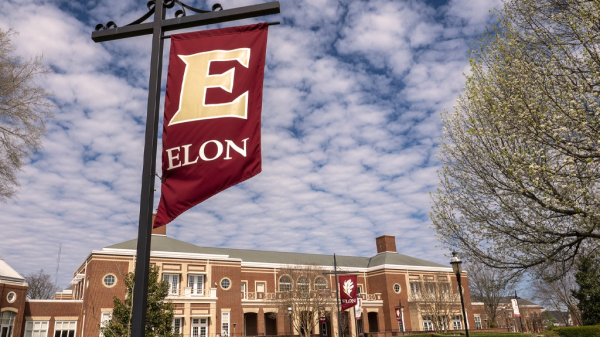



















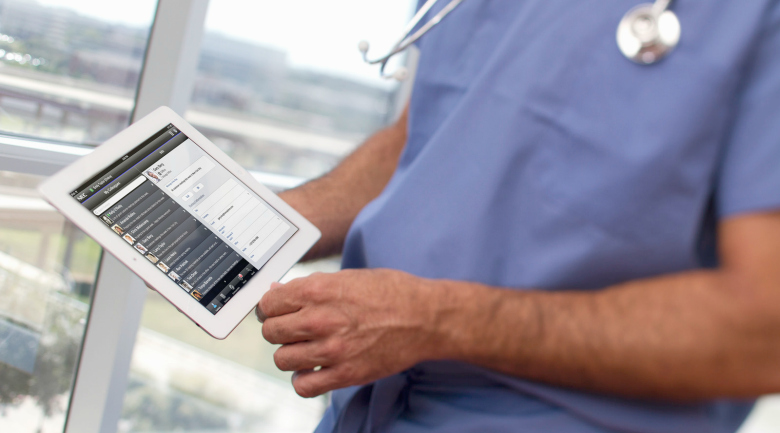



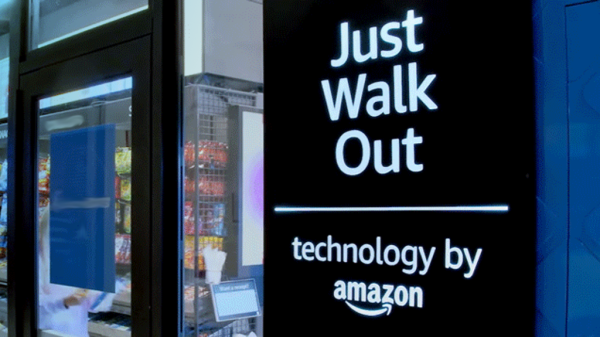
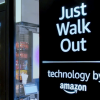

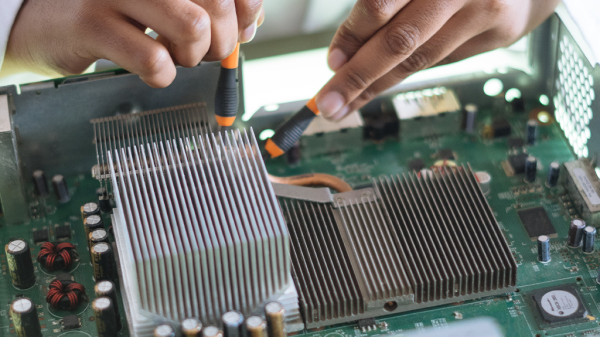

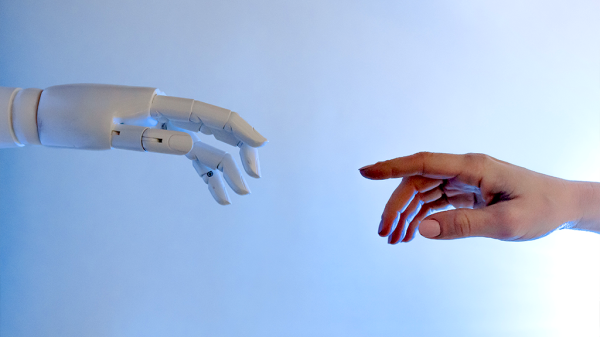
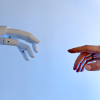
Pingback: How to shape up your company's employee wellness program - The American Genius
Pingback: Did this cyber security startup demonstrate using YOUR medical history? - The American Genius